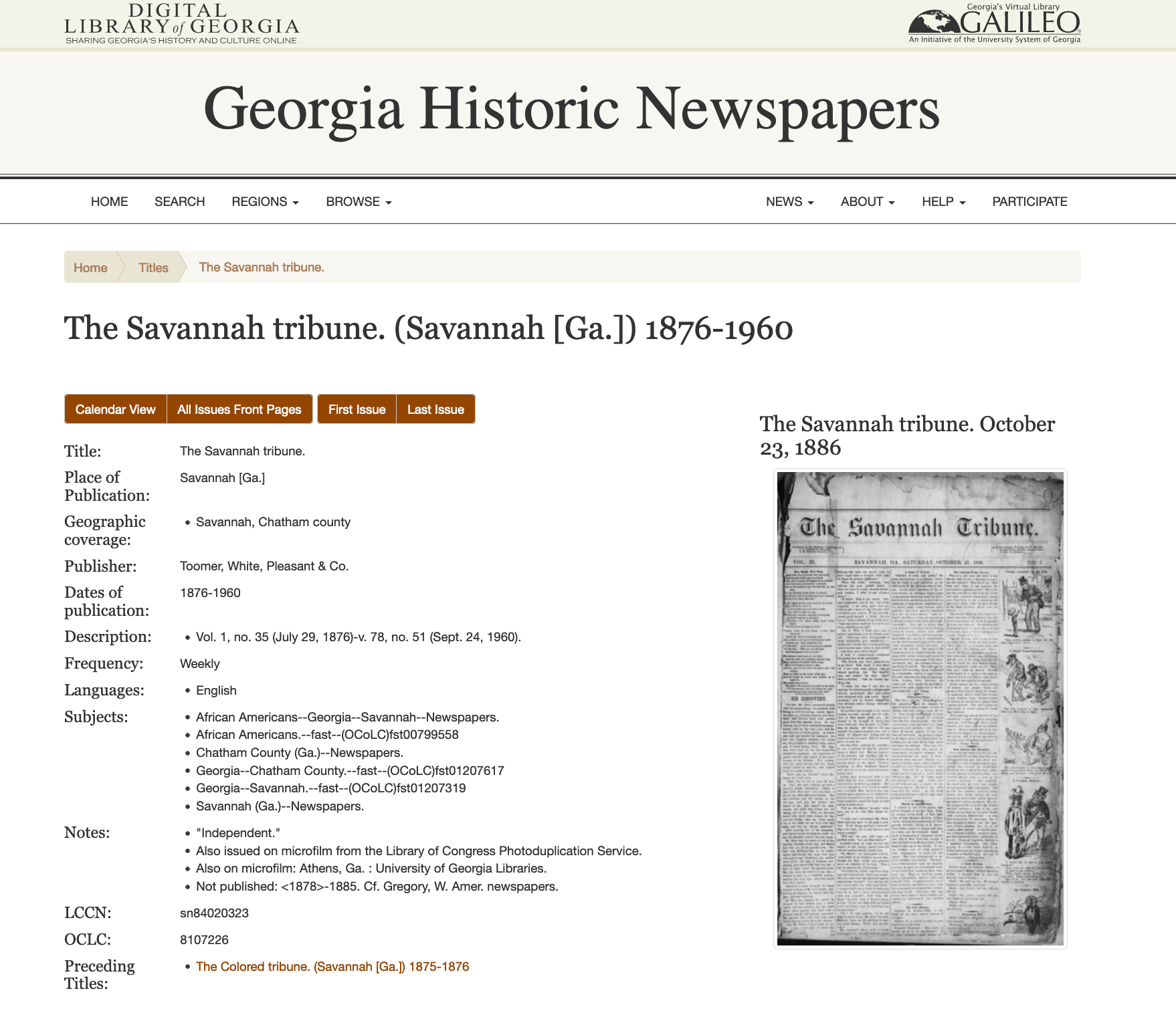Practical Directions for Overcoming Typical Fallacies

A checklist for today’s product-development managers
1. Make queues and information flows noticeable.
2. Quantify the price of delays and element it into the decisions.
3. Introduce resource slack where utilization is highest.
4. Shift the main focus of control systems from effectiveness to response time.
5. Reduce transaction expenses make it possible for smaller batch sizes and quicker feedback.
6. Test out smaller batches; you can easily revert to large batches if this doesn’t work.
7. Treat the development plan being a hypothesis that may evolve as new information becomes available.
8. Start jobs only when you are ready to create a complete commitment.
9. Sh t for convenience Ask what features is deleted, not merely so what can be added.
10. Test early, quickly, and sometimes, with computer models and physical prototypes, in managed and real-life client environments.
11. Emphasize overlapping and iterative—not linear—process designs.
12. Give attention to fast feedback in the place of first-pass success.
groups that used an iterative approach and conducted very early and frequent tests made more errors along the way. But they outperformed (in terms of the time and effort required) teams that tried to get their design right the first time because they used low-cost prototyping technologies. The groups that faced prototyping that is high spent more work on specification, development, and verification. And them—they delayed the discovery of critical problems because they did their iterations later in the process—and did far fewer of.
Tinkering with many ideas that are diverse imperative to innovation projects. When people experiment rapidly and often, many unique concepts will fail, of course. But such early failures can be desirable simply because they allow teams to eradicate p r choices quickly and focus on more-promising options. A collision test that displays that a vehicle design is unsafe, a drug candidate that proves to be toxic, or even a software user interface that confuses customers can all be desirable outcomes—provided that they happen at the beginning of a procedure, whenever few resources have actually been committed, designs continue to be very versatile, and other solutions is tried.
Demanding that teams “get it right the time that is first just biases them to pay attention to the least-risky solutions.
A vintage exemplory case of some great benefits of the “fail early, fail usually” approach is Team New Zealand’s surprising success into the 1995 America’s Cup. To try ideas for enhancing the keel design, the group utilized two nearly identical boats one ship that was modified during the length of the project and a “control” boat that has been maybe not. Every day, the group simulated hypotheses on a neighborh d graphics workstation, used the ones that seemed guaranteeing to your one watercraft, raced it against the control, and analyzed the results. Every few weeks and then tested possible solutions on one boat in contrast, its competitor, Team Dennis Conner, which had access to more-powerful computers (supercomputers at Boeing), ran large batches of simulations. The end result Team New Zealand completed additional learning rounds, eliminated unpromising ideas more rapidly, and finished up Team Dennis Conner’s boat Young that is beating America.
What https://datingmentor.org/uzbekistan-dating/ we wish is now clear by now is experiments resulting in problems are perhaps not fundamentally failed experiments. They generate new information that an innovator had been not able to foresee. The quicker the experimentation cycle, the more feedback are collected and incorporated into new rounds of experiments with novel and ideas that are potentially risky. In this kind of environment workers have a tendency to persevere whenever times get tough, practice more-challenging work, and outperform their peers that are risk-averse.
But producing this kind of environment isn’t easy—a topic that Amy C. Edmondson of Harvard Business Sch l explored in “Strategies for Learning from Failure” (HBR April 2011). Failure can cause embarrassment and expose gaps in knowledge, which could undermine individuals’ self-esteem and standing in an company. In the end, how frequently are supervisors promoted and groups rewarded for the very early exposure of failures that lead a project become killed—even although the very early redeployment of valuable resources benefits the business? This is especially valid in companies that have built a “zero threshold for failure” or “error-free” (Six Sigma) environment.
This informative article additionally seems in
HBR’s 10 Must Reads on Innovation

- Save
- Share
Thomas Alva Edison underst d all of this. He organized his famous laboratories across the idea of rapid experimentation, locating device shops for building models near the spaces where experiments were conducted so that machinists could c perate closely with scientists. The labs had libraries containing a number that is vast of making sure that information could be found quickly; nearby storer ms with ample quantities of supplies; and a diverse workforce of craftsmen, researchers, and designers. Edison wished to make sure that as he or their individuals had an idea, it could be instantly changed into a working model or prototype. “The real way of measuring success could be the wide range of experiments that may be crowded into 24 hours,” he said.
Improvements in information technology, such as for instance computer-aided design, modeling, and simulation, have previously permitted businesses to help make strides that are great developing better services and products in less time and cheaper. Many companies, nonetheless, never have tapped the potential that is full of t ls, because their administration reasoning has not evolved because quickly as the technology They nevertheless approach the very variable information-generating work of item development as if it had been like manufacturing. As advances in IT continue, the opportunity to enhance the product-development process will become even greater. But therefore will the potential risks for companies that fail to recognize that product development is profoundly distinctive from manufacturing.
